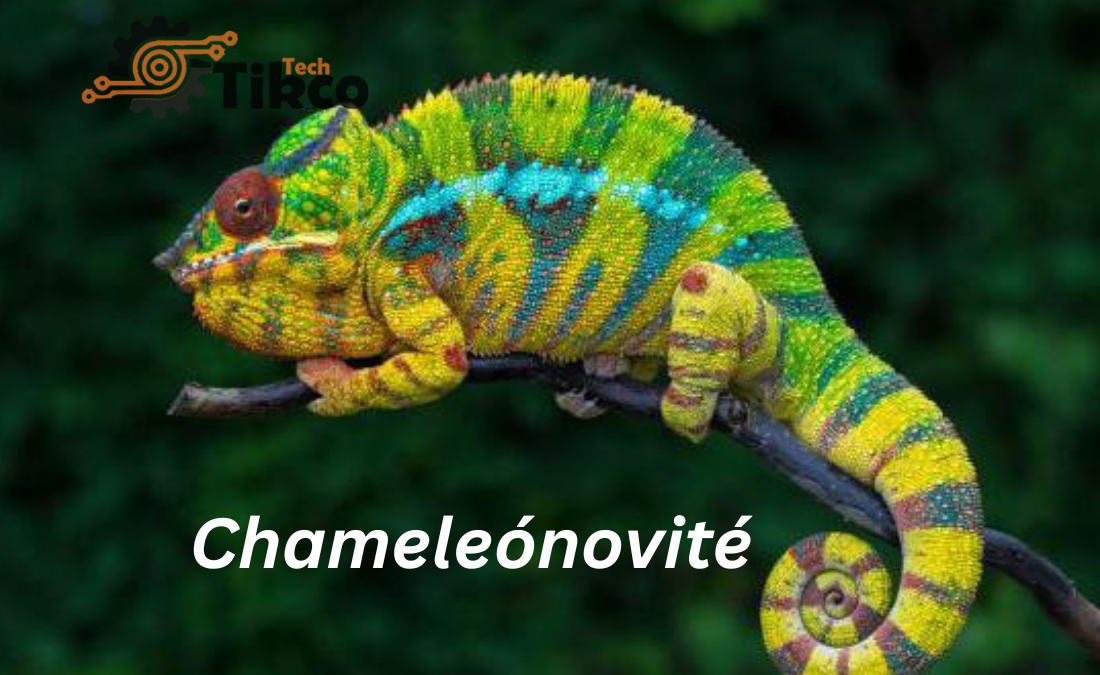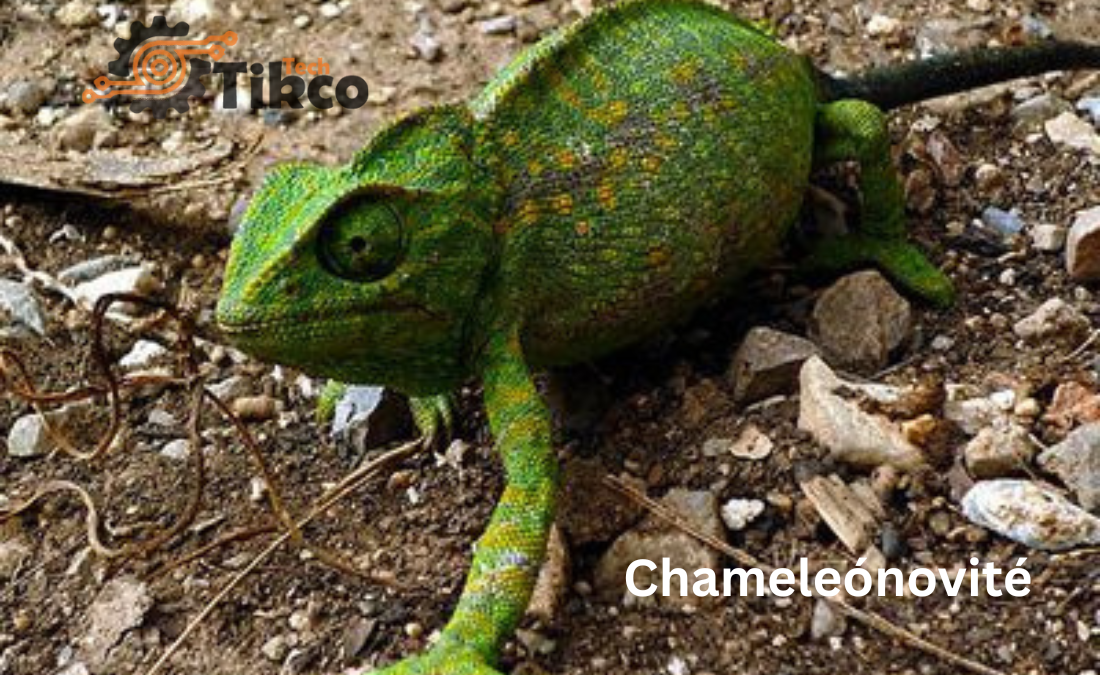Introduction to Chameleónovité
The word chameleónovité refers to the reptilian family Chamaeleonidae, which includes some of the most extraordinary lizards on Earth. Known for their independently moving eyes, projectile tongues, and unique ability to change colors, members of the chameleónovité family have fascinated scientists, explorers, and nature enthusiasts for centuries. With more than 200 recognized species, they are widely distributed across Africa, Madagascar, and parts of Europe and Asia.
This article provides an in-depth exploration of the chameleónovité family, covering their evolution, anatomy, behaviors, habitats, and cultural significance.
Evolutionary Background of Chameleónovité
The evolutionary roots of chameleónovité date back millions of years. Fossil evidence suggests that these lizards first appeared during the Paleocene epoch, over 60 million years ago. Their unique characteristics, such as zygodactylous feet (two toes pointing forward and two backward), independently mobile eyes, and ballistic tongues, indicate a highly specialized evolutionary path.
Chameleónovité are considered a prime example of adaptive evolution, with many species showing traits that perfectly suit their habitats, from rainforest canopies to desert scrublands.
Physical Characteristics of Chameleónovité
One of the main reasons chameleónovité are so famous is their striking physical features.
Color Changing Ability
Chameleons can change their skin color due to specialized cells called chromatophores and iridophores. This adaptation helps in communication, camouflage, and temperature regulation.
Eyes and Vision
Each eye of a chameleon can move independently, giving it a full 360-degree field of vision. When hunting, both eyes can focus together on prey, offering precise depth perception.
Tongue Mechanics
Chameleónovité are equipped with long, sticky, projectile tongues that can extend up to twice their body length. The tongue shoots out with remarkable speed, capturing insects and other small prey.
Body Shape
Most species have laterally compressed bodies, prehensile tails for grasping branches, and zygodactylous feet designed for climbing.
Habitat and Distribution of Chameleónovité
The majority of chameleónovité species are endemic to Madagascar, which alone hosts about half of the world’s known chameleon diversity. They also inhabit regions of sub-Saharan Africa, southern Europe, the Middle East, and South Asia.
Chameleons prefer varied habitats, including tropical forests, savannas, scrublands, and even arid deserts. Their ability to adapt has allowed them to thrive in both dense rainforests and open woodlands.
Diet and Feeding Behavior of Chameleónovité
Chameleónovité are primarily insectivorous, feeding on crickets, grasshoppers, flies, and other small invertebrates. Larger species may also consume small birds, reptiles, and even mammals.
Their hunting strategy is unique. They rely on camouflage to remain undetected, then use their long tongues to ambush unsuspecting prey. Their slow, deliberate movements also minimize detection by predators and prey alike.

Reproduction and Life Cycle of Chameleónovité
Reproductive strategies vary among chameleónovité species.
- Egg-laying species: Most chameleons are oviparous, laying eggs in burrows or hidden soil. Clutch sizes range from a handful to several dozen eggs.
- Live-bearing species: Some species, such as the Jackson’s chameleon, give birth to live young.
The incubation period depends on the species and environment, ranging from a few weeks to several months. Baby chameleons are independent from birth and must fend for themselves immediately.
Behavioral Traits of Chameleónovité
Chameleónovité exhibit fascinating behaviors that distinguish them from other lizards.
- Territoriality: Many species are highly territorial, with males defending their space aggressively against rivals.
- Color signals: They use color changes not just for camouflage, but also to signal aggression, submission, or readiness to mate.
- Slow movements: Their swaying gait mimics the movement of leaves in the wind, offering effective camouflage.
Conservation Status of Chameleónovité
While some chameleon species are relatively widespread, many members of the chameleónovité family face threats from habitat destruction, deforestation, climate change, and the illegal pet trade.
- Endangered species: Species such as the Tarzan chameleon (Calumma tarzan) and the Belalanda chameleon (Furcifer belalandaensis) are critically endangered.
- Conservation efforts: Organizations and governments are working to protect chameleon habitats, regulate trade, and raise awareness about their ecological importance.
Chameleónovité in Human Culture and Symbolism
Throughout history, chameleónovité have held symbolic meaning in many cultures.
- In African folklore, they are often associated with adaptability and transformation.
- In Western culture, the chameleon symbolizes versatility, change, and survival.
- In modern language, calling someone a “chameleon” implies adaptability to new environments or personalities.
Scientific Importance of Studying Chameleónovité
Chameleónovité serve as important subjects for scientific research in areas such as:
- Color physics: Understanding how their skin changes color has contributed to breakthroughs in nanotechnology.
- Biomechanics: Their tongue projection and eye movement systems are studied in robotics and engineering.
- Ecology: Studying chameleons provides insights into biodiversity and ecosystem health.
Chameleónovité as Exotic Pets
Many people are drawn to keeping members of the chameleónovité family as pets, especially species like the veiled chameleon (Chamaeleo calyptratus), panther chameleon (Furcifer pardalis), and Jackson’s chameleon (Trioceros jacksonii).
However, keeping chameleons requires specialized care:
- Proper temperature gradients and UV lighting.
- Adequate humidity and live plants.
- A diet of live insects supplemented with vitamins and calcium.
Sadly, many chameleons die in captivity due to improper care or stress, highlighting the need for responsible ownership and education.
Conclusion: The Future of Chameleónovité
The chameleónovité family stands out as one of nature’s most remarkable groups of reptiles. From their dazzling ability to change color to their unparalleled hunting techniques, chameleons continue to inspire curiosity, admiration, and scientific exploration.
Yet, their survival is increasingly threatened by habitat loss and human activities. Conservation measures, coupled with greater public awareness, are essential to ensure that future generations can marvel at these unique creatures.
In conclusion, the story of chameleónovité is not only about biological wonder but also about our responsibility to protect the delicate balance of ecosystems that sustain them.

